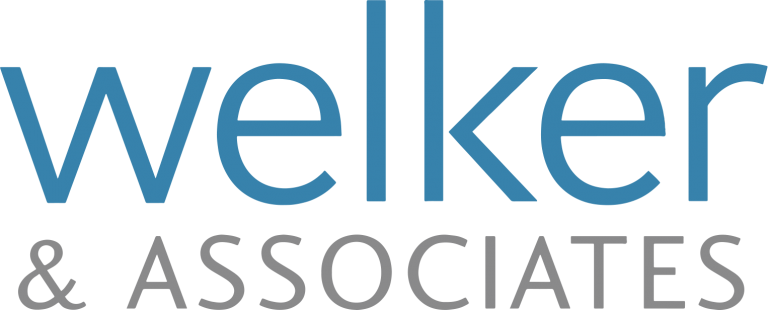Tax season is upon us and it’s common to have questions. Here are some common questions I hear that may help you get through this season.
What paperwork will I need?
T1 General 2018
If you’re an employee, a T4, Statement of Remuneration Paid form
If you’re retired, a T4A, Statement of Pension, Retirement, Annuity and Other Income
If you made money from investing or earned interest in a savings account, you’ll need a T5, Statement of Investment Income
If you received Employment Insurance (EI), a T4E, Statement of Employment Insurance and Other Benefits
If you received worker’s compensation or social assistance, a T5007, Statement of Benefits
Receipts forsuch out-of-pocket expenses. You may not have to send them in with your return, but make sure to keep them.
Certificates that allow you to claim certain deductions
What happens if I owe taxes to Canada Revenue that I can’t afford to pay?
If you owe taxes that you cannot repay, contact CRA and discuss a repayment plan. If you can’t pay the full amount in one lump sum, CRA is able to set up a payment plan with you so that you can stagger your payments throughout the year. If it’s still too much for your financial situation, it may be time to look into a debt repayment plan (i.e. a consumer proposal or personal bankruptcy) as it’s likely you are struggling to pay other creditors as well.
What happens if I have not filed tax returns for a number of years?
If you have not filed tax returns and you had taxable income for those years, then you must file the outstanding returns or you may be prosecuted for failing to file under the Income Tax Act.
What special rights does the Canada Revenue Agency have with respect to collection of unpaid taxes?
The Income Tax Act (ITA) gives the Canada Revenue Agency (CRA) special collection rights referred to as “enhanced garnishment provisions”. The enhanced garnishment provisions provide CRA with the ability to garnishee wages and seize assets without a court order. The CRA can also register an involuntary lien (mortgage) on the title of your property.
The filing of personal bankruptcy or the making of a consumer proposal stops all collection action and the CRA cannot continue to enforce any enhanced garnishment provisions.
However, if CRA registers a lien upon the title of your property prior to your filing personal bankruptcy or making a consumer proposal, the lien will survive.
When can I include my student loan in bankruptcy?
As I’ve stated in previous blog posts, student loan debts will be eliminated with personal bankruptcy after you’ve ceased to be a student for a minimum of seven years. There has been some confusion with this in that past as people aren’t sure when the seven years is up. It has to do with when you CEASED to be a student. It’s not the age of the loan that matters.



